Graham Reid | | 5 min read
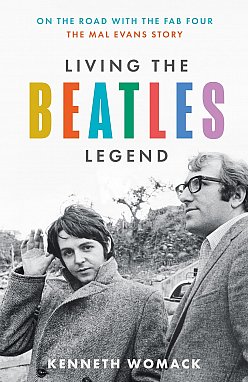
If anyone deserves a massive, 500 page biography – with what seems like three titles – it would be Elvis fan and lover of Westerns Mal Evans.
He went from being a married 27-year old Post Office technician with a mortgage and a child to a part-time bouncer at Liverpool's Cavern Club and then one of the Beatles' inner sanctum as roadie, companion and general factotum for a band he loved and whose members he worshipped.
His life took him from the low streets of Liverpool to the height of the Beatles fame in America, on world tours and to the foothills of the Himalayas.
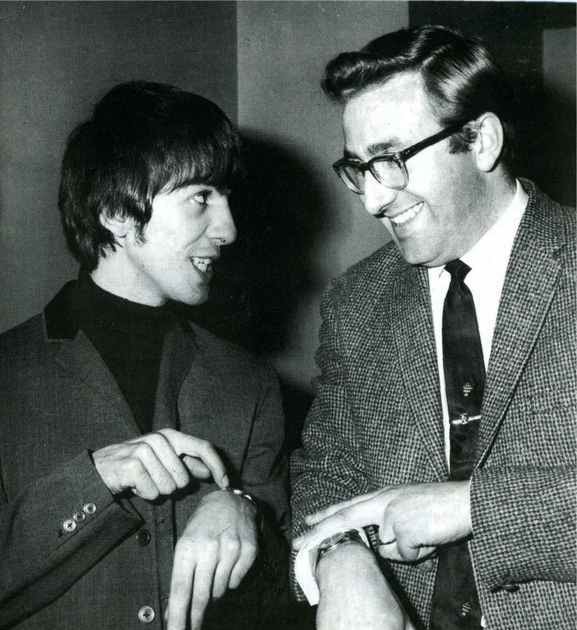 He was there on grim tours of Britain in the early days, at the Ed Sullivan Show, on film sets, in the studio, on the road, at Shea Stadium, backstage all around the world, at photoshoots, on the Magical Mystery Tour, in the Apple boutique and on the rooftop, in the homes of the Beatles and their friends, at their highest and lowest moments . . .
He was there on grim tours of Britain in the early days, at the Ed Sullivan Show, on film sets, in the studio, on the road, at Shea Stadium, backstage all around the world, at photoshoots, on the Magical Mystery Tour, in the Apple boutique and on the rooftop, in the homes of the Beatles and their friends, at their highest and lowest moments . . .
Mal Evans was gentle giant whom everybody loved, he was a fan favourite and by sheer heft was easily identifiable.
No task was too menial, no request from the Beatles too demanding. His love for them was undiminished.
But at what cost?
After he died in a hail of bullets in Los Angeles in early 1976 – depressed, coked up and suicidal, a “death by cop” which he had actually spoken about wanting – his voluminous diaries and memoirs, which he'd been fashioning into a book for publication, went missing for years.
The story of their recovery and as source material for this biography is appended after his ashes had been recovered (they went missing) and spread.
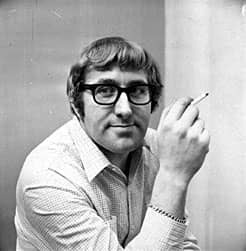 It makes for a fascinating coda in itself and as the author Womack notes in his thanks: “if there is a hero in this story it is surely Yoko Ono . . . in 1988 she accomplished what agents, attorneys and publishers had failed to do, often intentionally, for more than a dozen years: she put the wheels in motion so that Lily, Gary and Julie [Evans' wife and children] could have access to Mal's legacy”.
It makes for a fascinating coda in itself and as the author Womack notes in his thanks: “if there is a hero in this story it is surely Yoko Ono . . . in 1988 she accomplished what agents, attorneys and publishers had failed to do, often intentionally, for more than a dozen years: she put the wheels in motion so that Lily, Gary and Julie [Evans' wife and children] could have access to Mal's legacy”.
And what a legacy: an insider's view of the world of the Beatles as individuals and musicians, of the quiet at the centre of the storm and, yes, the madness too of a world where carrying spare guitar strings and plectrums ran parallel with organising transport, meals, cups of tea, artwork, studio time, drug deliveries . . .
Evans' patience was extraordinary and he learned everything on the job, from putting together and dismantling a drum-kit to sound-checking and negotiating the band's arrival and escape at new and unfamiliar venues.
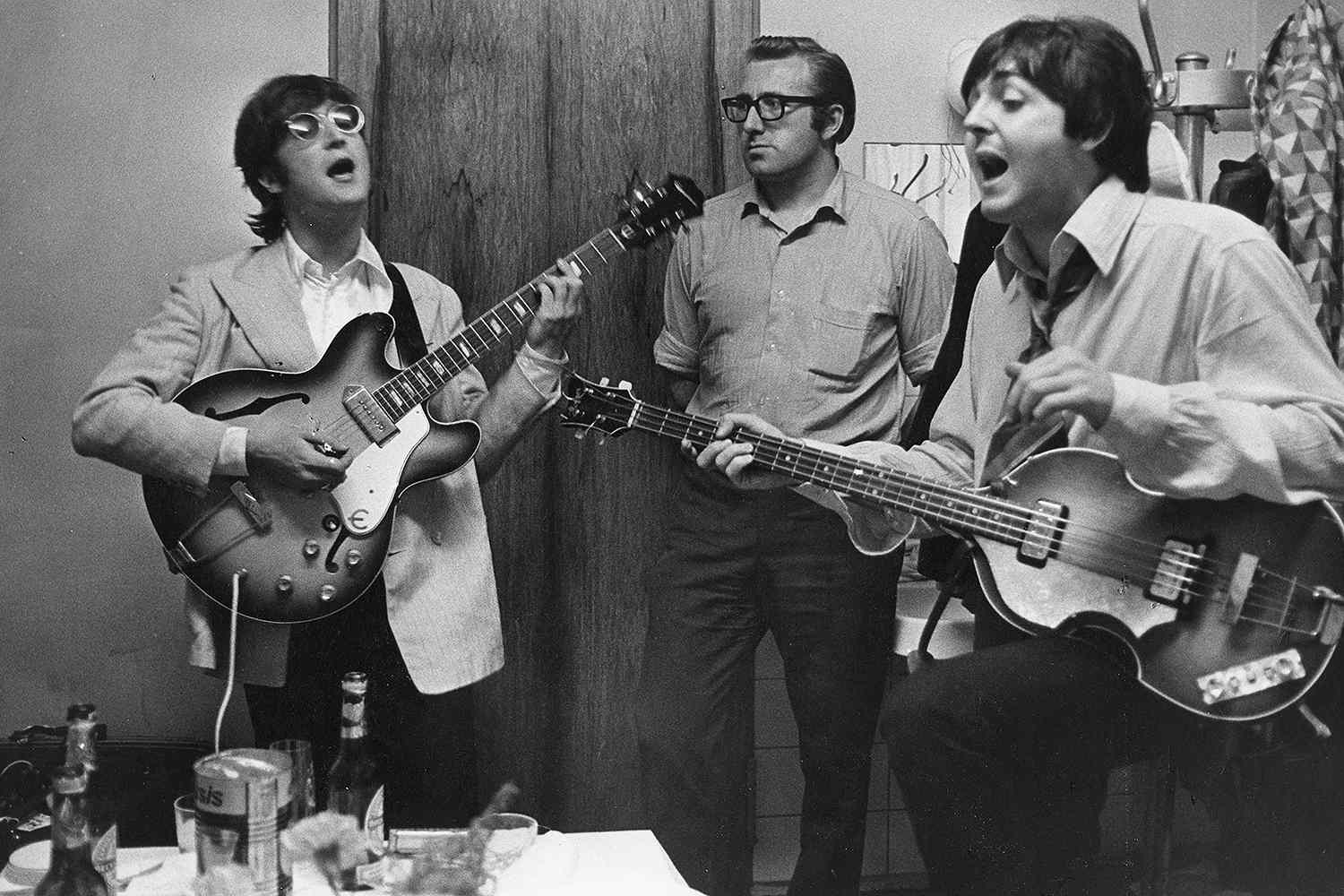 He hobnobbed with the famous and their friends – from Dylan and Sinatra to Burt Lancaster and even becoming friendly with Elvis – and all the time kept diary notes, photos, scraps of memorabilia and handwritten lyrics.
He hobnobbed with the famous and their friends – from Dylan and Sinatra to Burt Lancaster and even becoming friendly with Elvis – and all the time kept diary notes, photos, scraps of memorabilia and handwritten lyrics.
He was flattered to be in this company and enjoyed his own fame, often inserting himself into photos when others in the inner sanctum stepped back. But he was also hurt by slights, notably when assisting McCartney wth lines in songs such as Here There and Everywhere for which the Beatle said he would get co-credit and a royalty.
He got neither.
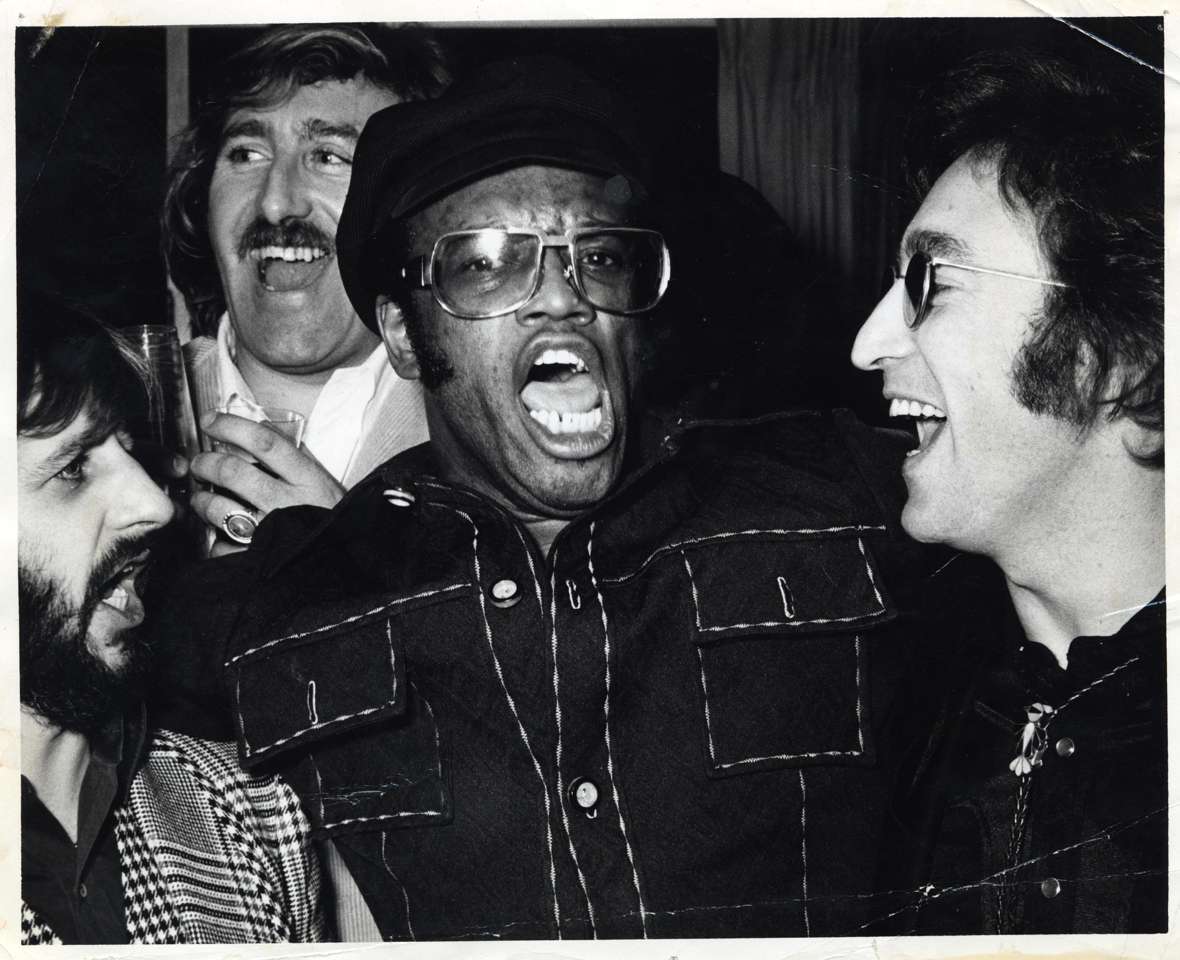 In fact the whole time, from the first British tours to the final sessions at Abbey Road and following the Beatles into their solo careers, Evans was on such a modest wage that he was almost perpetually broke.
In fact the whole time, from the first British tours to the final sessions at Abbey Road and following the Beatles into their solo careers, Evans was on such a modest wage that he was almost perpetually broke.
It was an extraordinary life but came at a terrible cost.
His love for and loyalty to the Beatles was such that he barely saw his wife and children for weeks and then months at a time. It pained him greatly but the pull of fame and his proximity to the spotlight was too great, like a moth he would fly back to it at every opportunity.
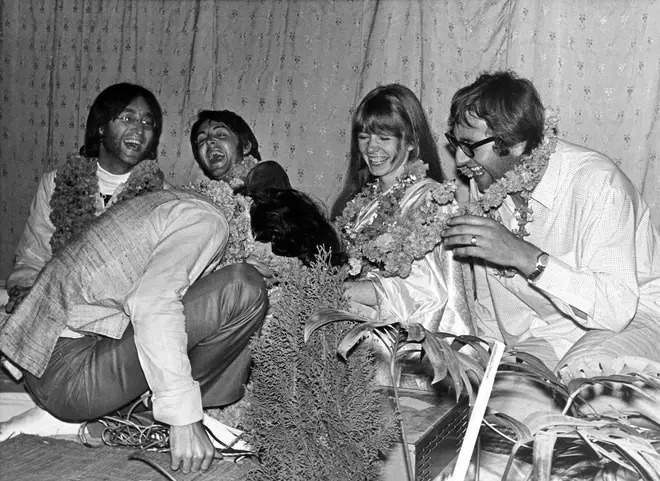 His time at home became more and more brief: Rishikesh or Abbey Road or a phone call would pull him away again. And again.
His time at home became more and more brief: Rishikesh or Abbey Road or a phone call would pull him away again. And again.
And then his favourite, McCartney, into his solo career, announced bluntly he didn't need him anymore.
From the time the Beatles quit touring in 1966, Evans' role had been shapeless and then his band broke up and he was even more adrift. Always on hand, always on call, always there but less and less certain where “there” actually was.
He was briefly given a senior position at Apple but within weeks that was eroded. He tried his hand at discovering bands – he was a great champion of the Iveys who became Badfinger and even produced material for them – and although moderately successful as a producer there would too often be another call on his services.
Or the guilt about not seeing his family.
The decline through booze and coke in the company of Ringo, Lennon, Keith Moon, Harry Nilsson and others seems, in retrospect, all too inevitable.
 He relocated to LA and took up with a partner who was smart, positioned in the music business and supportive.
He relocated to LA and took up with a partner who was smart, positioned in the music business and supportive.
But his gloom and dependencies dragged her down too. And always there was the guilt about the wife and children he had abandoned, the tear-filled messages home.
Mal Evans appears to have been everything people said of him: loveable, kind, generous, gentle, capable, loyal, thoughtful (he was an aspiring songwriter also) and a devoted family man.
But somehow all of those things came to be in opposition as his world post-Beatles began to crumble and he lost his footing on the descent.
However this book is titled -- On the Road With The Fab Four, The Mal Evans Story or Living the Beatles Legend – it is a remarkable story told in the detail which the former roadie and uber-fan left in notes for a book and in a diary.
It is unique in the oft-told story of a band which took him to the greatest heights of euphoria but ultimately couldn't be there for him as he spiralled out of control in a world of guilt, drugs, guns, doubt and self-pity.
It's ultimately a sad song, but a colourful and exciting piece of music leading to those tense ascending strings . . . then that long sustained chord that slowly fades.
.
LIVING THE BEATLES LEGEND by KENNETH WOMACK Mudlark/HarperColins $70
.
There is more about Mal Evans at Elsewhere here, and the tragic Badfinger story here and here.



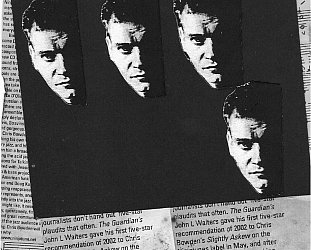

post a comment